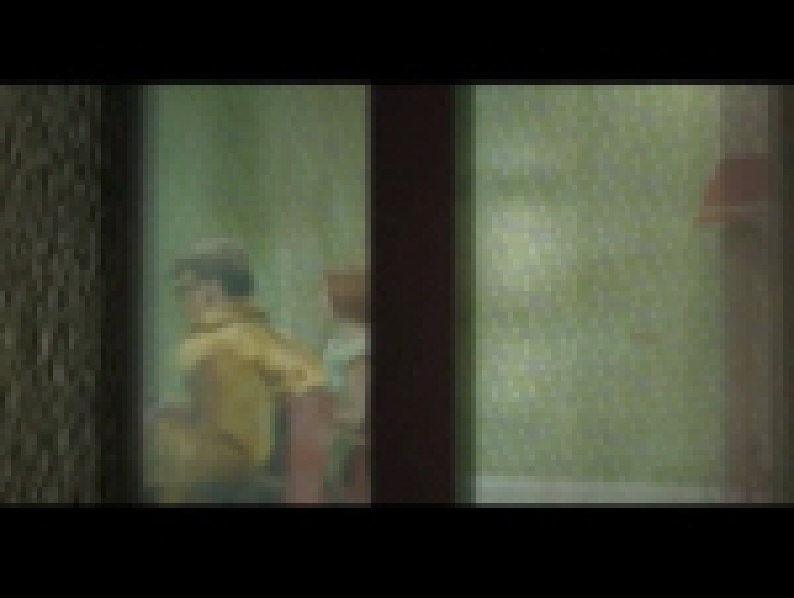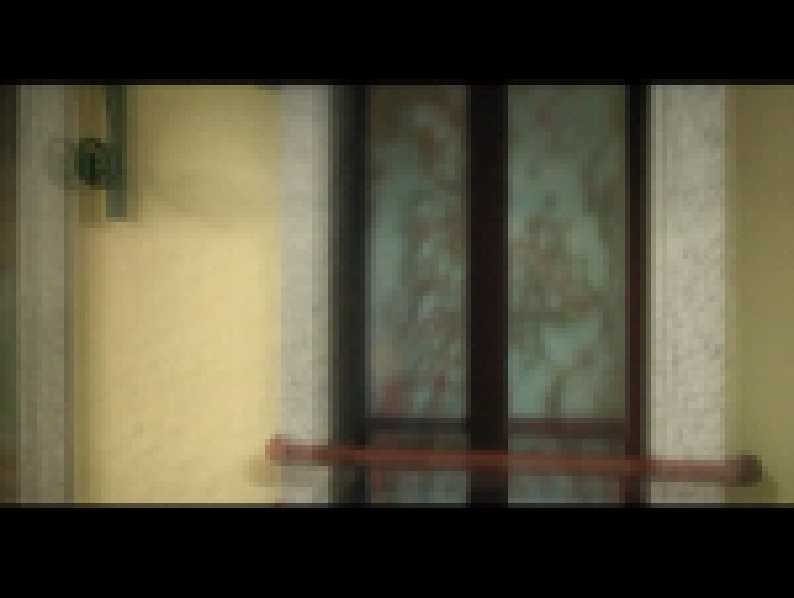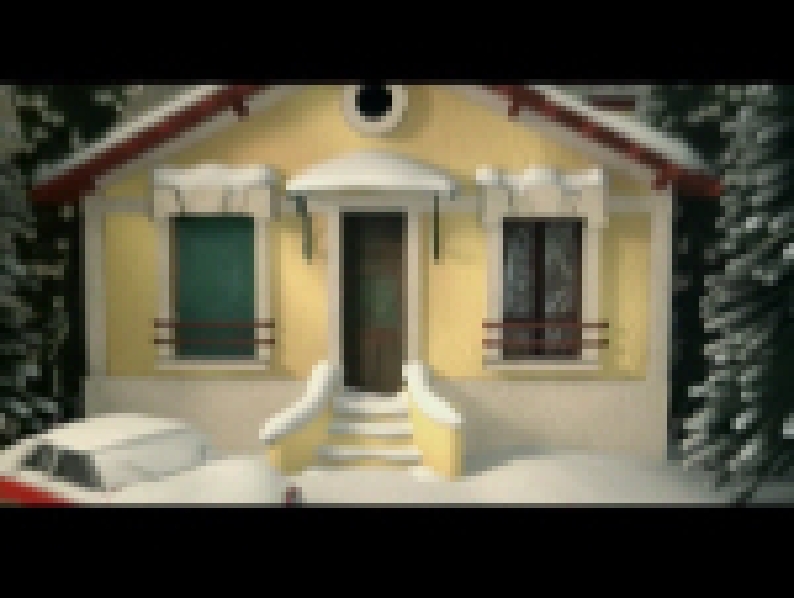As with all art and forms of communication, screen has its own rules and language used to describe and discuss its form, content and concepts. These concepts are not hard to grasp and can enhance your and your pupils’ understanding and enjoyment of film and screen texts. The language and grammar of film can be summarised by focusing on the main elements that work together to make a film effective. These are known as the Ten Tools:
Types of movement
Push in / Pull back: The camera is pushed towards the action or pulled back (whether manually or digitally). This often subtly suggests an increasing affinity or dislike for a character as a clip or scene progresses. The following examples are from the films ‘The Pencils [Les Crayons]’ and ‘The White Wolf [Le Loup Blanc]’:
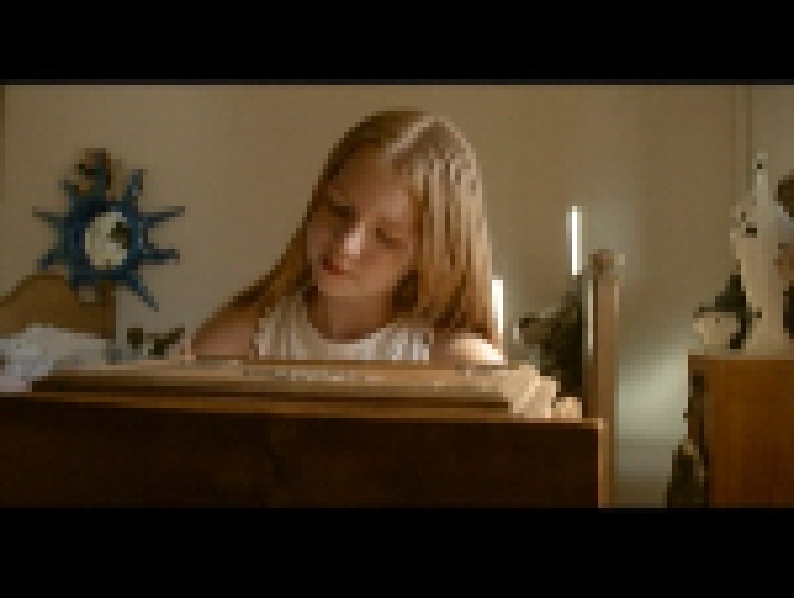
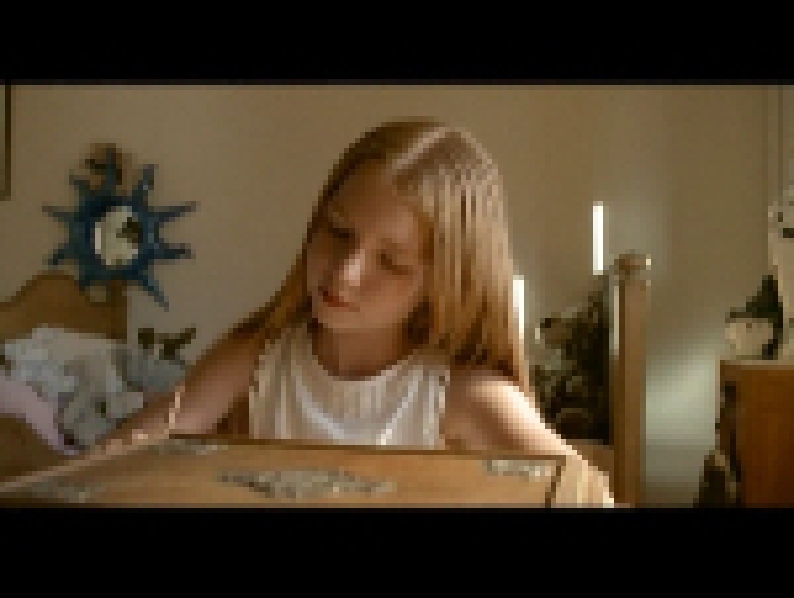

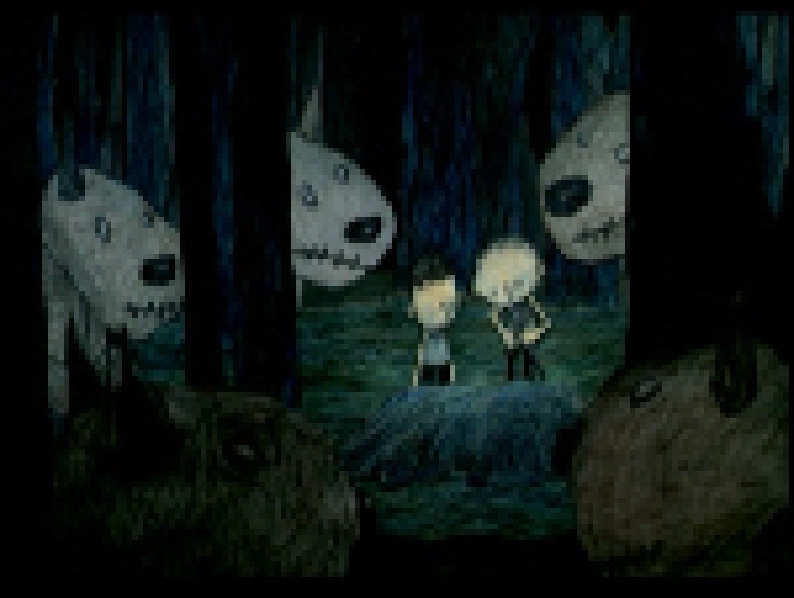
Pan: The camera swivels smoothly horizontally on the tripod head. The following example is from the film ‘StrictEternum’:
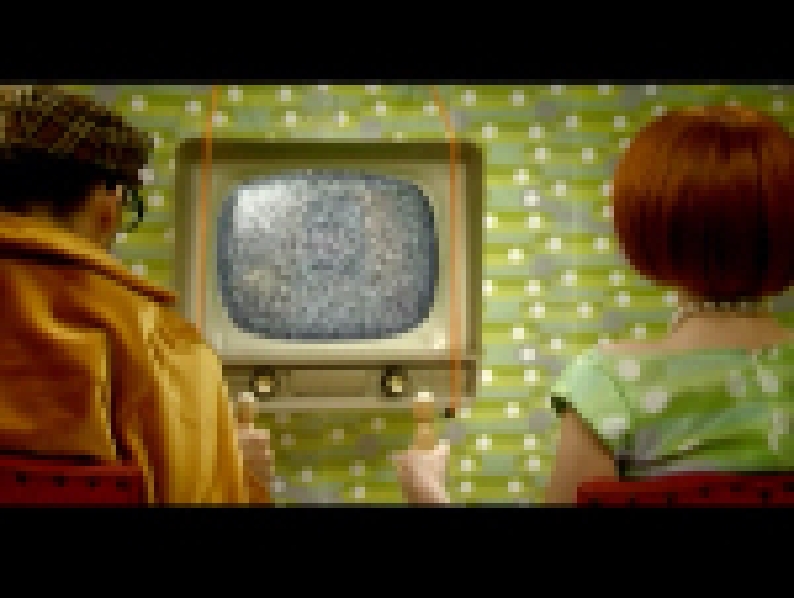
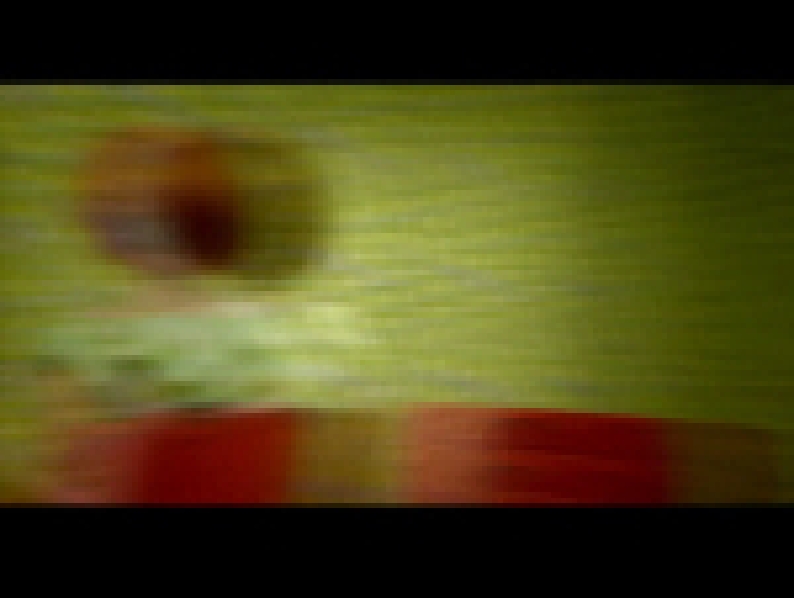
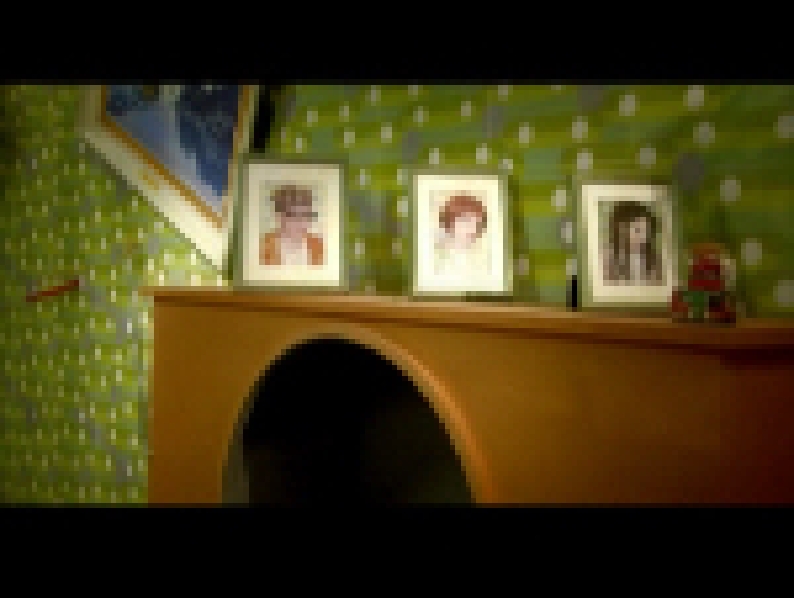
Tilt: The camera is tilted up or down on the tripod head or other camera gripping equipment. The following example is from the film ‘StrictEternum’:
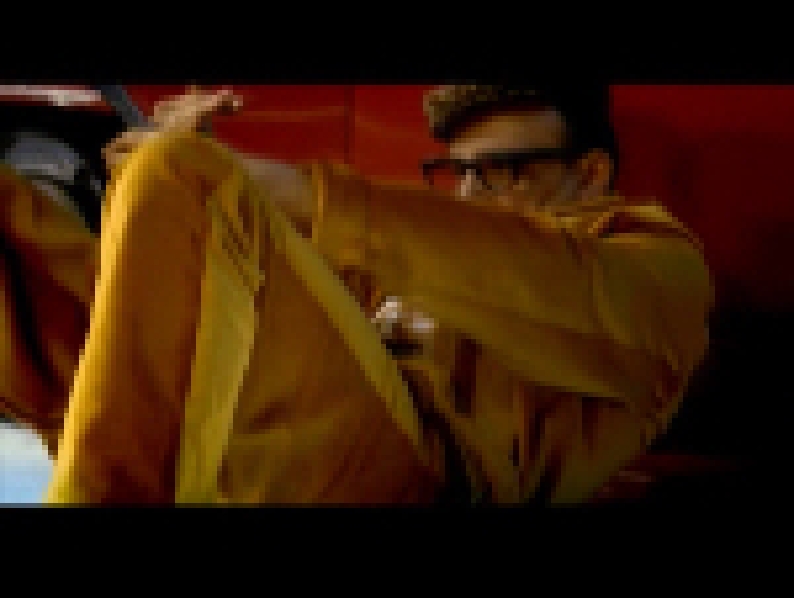
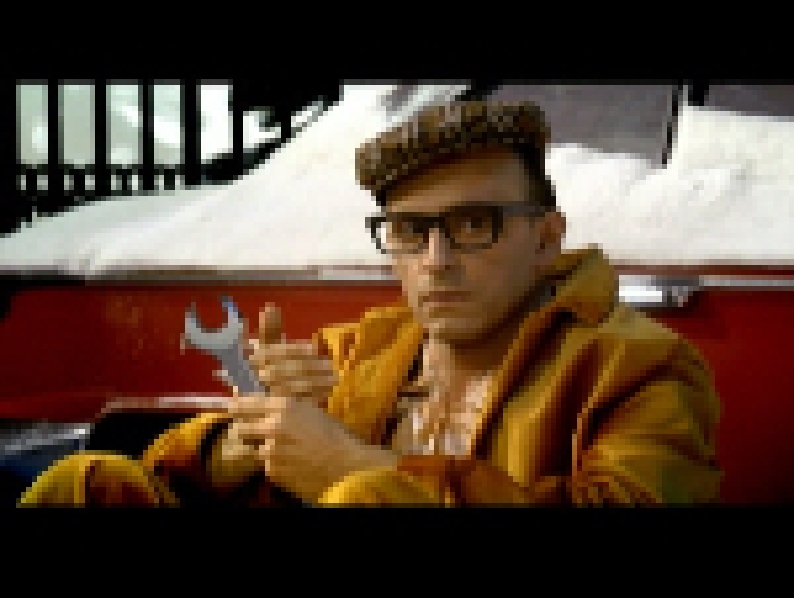
Dolly: The camera is moved on its support along some form of track to smoothly follow the action. The following example is from the film ‘StrictEternum’:
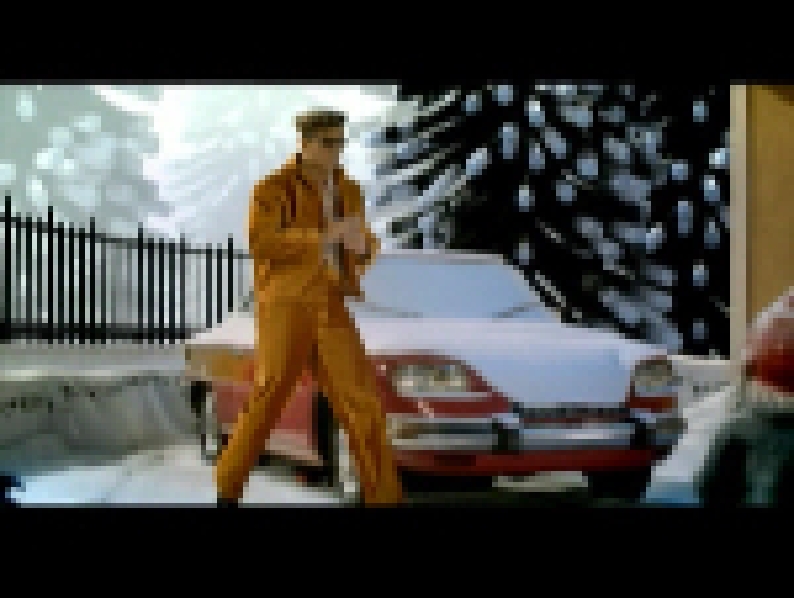
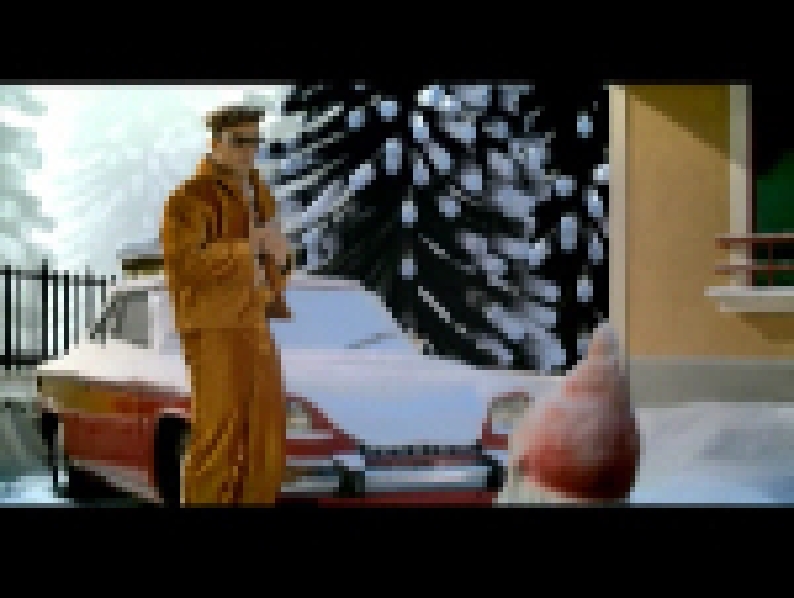
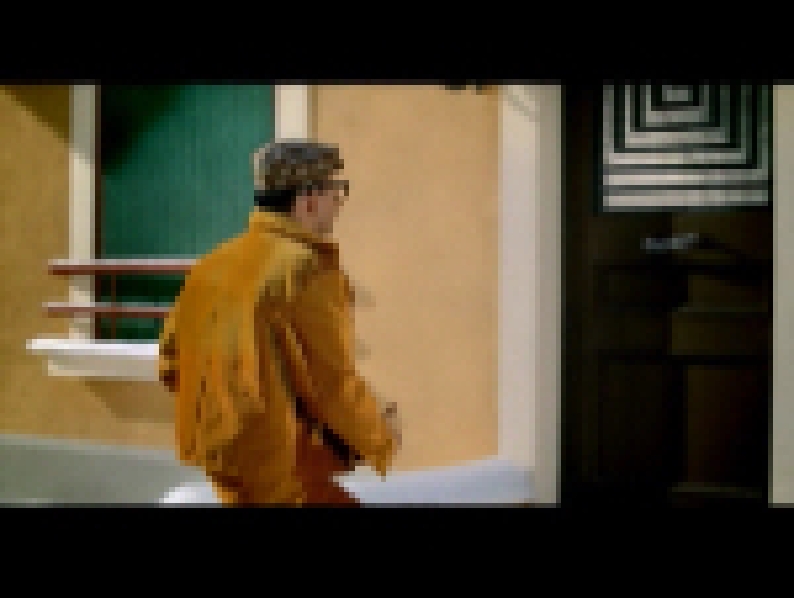
Tracking: The camera follows the characters (this can be filmed hand-held for a documentary feel or using a sling or Steadicam). The following example is from the film ‘We Kiss [On S’Embrasse]’:
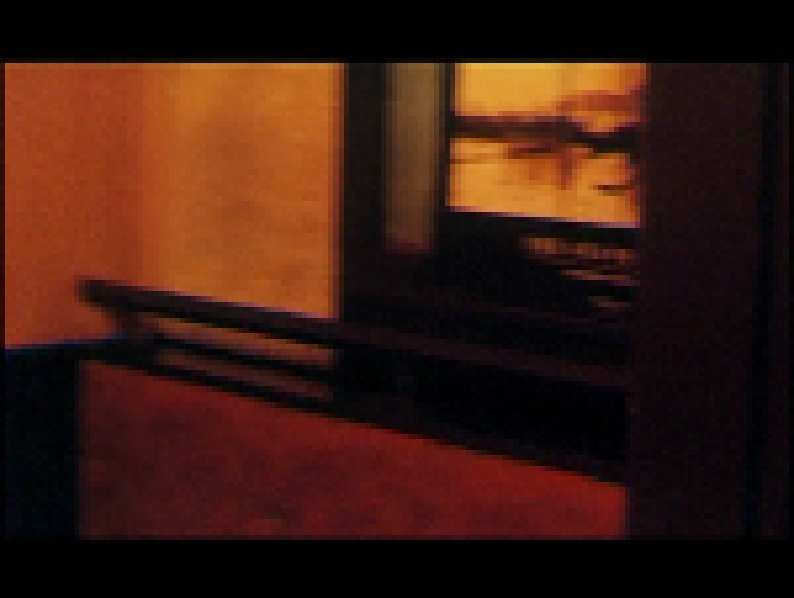
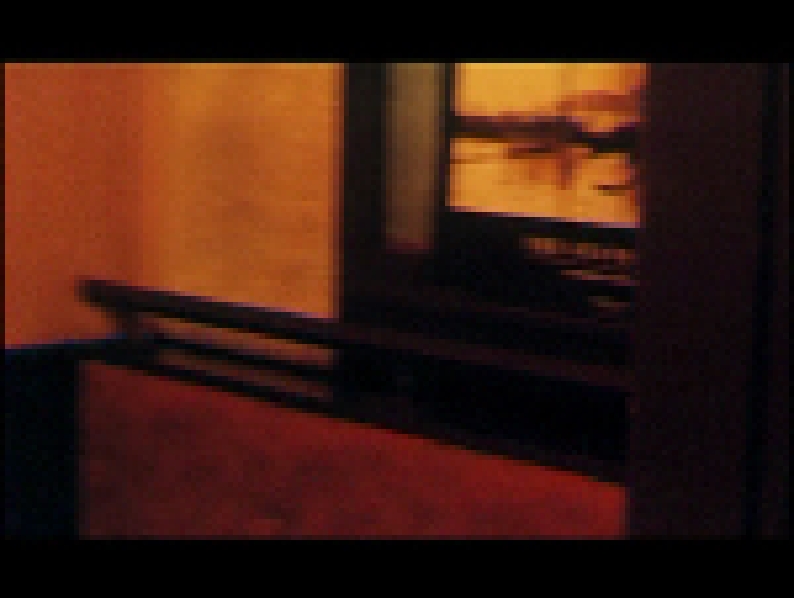
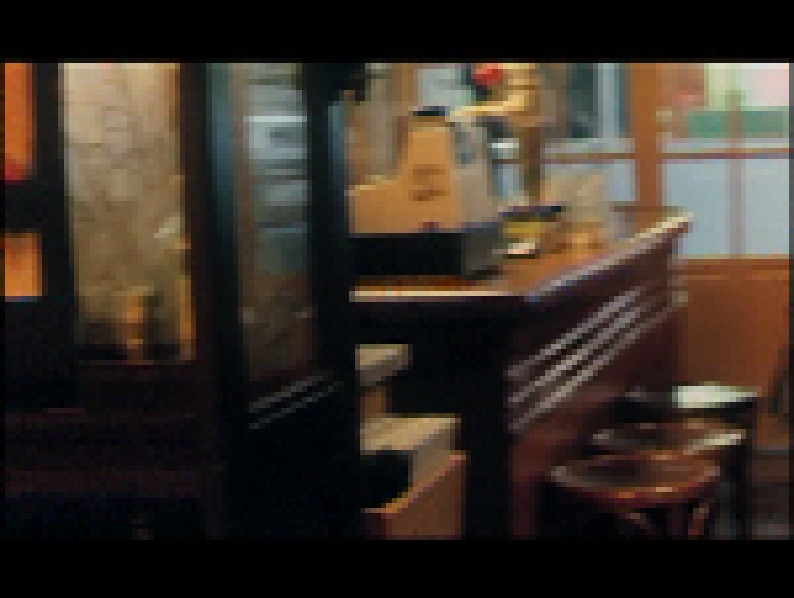
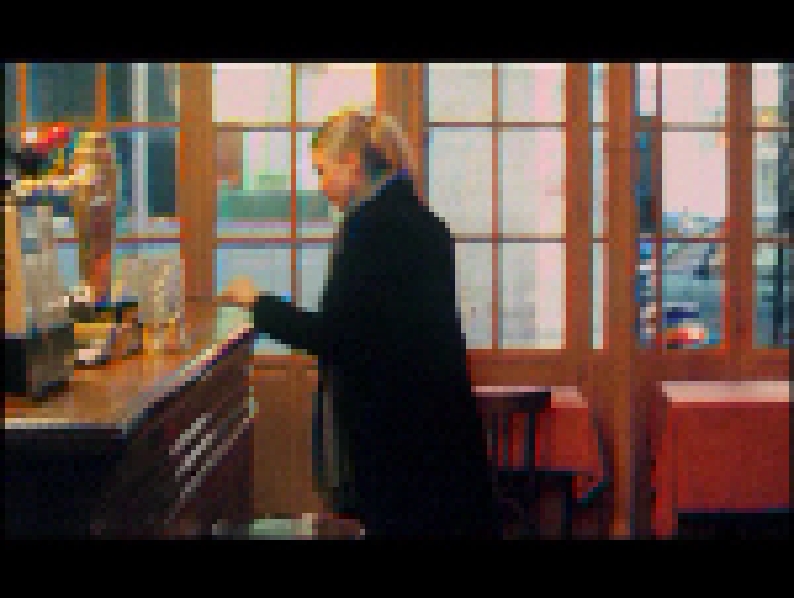
Zoom In / Zoom Out: Lenses zoom in or out to change our spatial and emotional relationship to the characters. (These can be jarring and so should only be used deliberately and not as a replacement for tracking or moving the camera physically closer.) The following examples are from the film ‘00h17’:
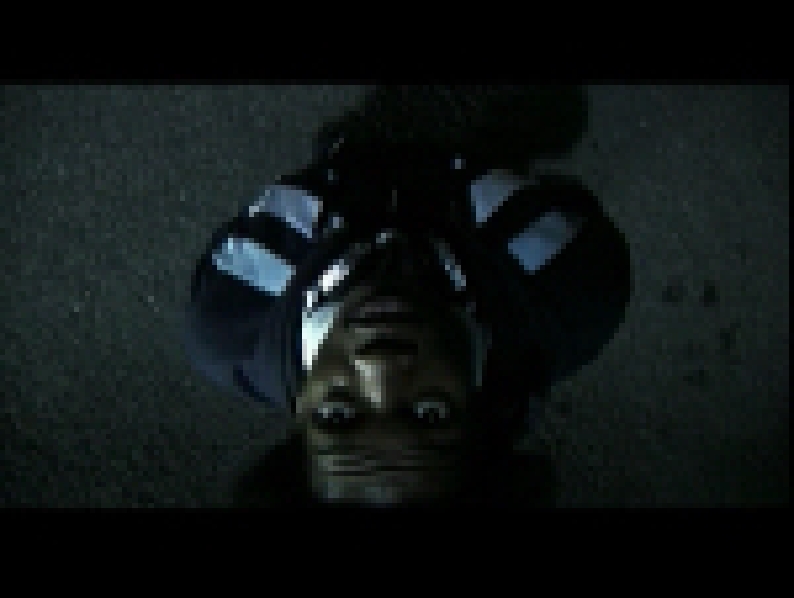
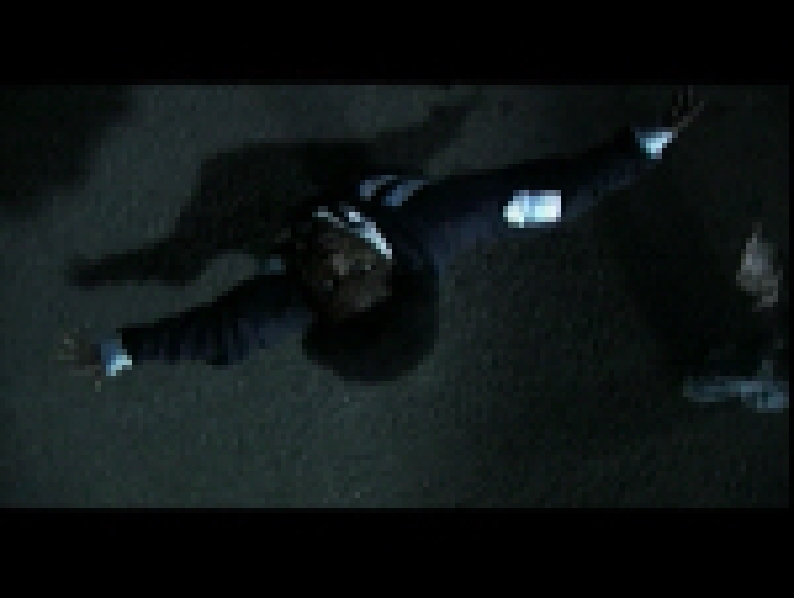
Crane: The camera is moved through the air using a crane, jib or aerial track allowing an expansive view of a scene. The following examples are from the film ‘StrictEternum’:

